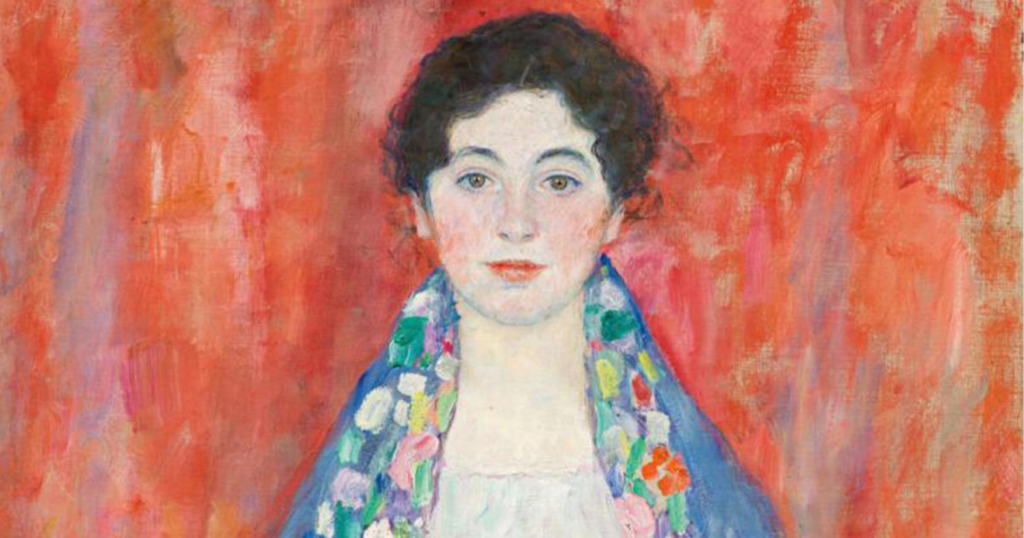Klimt’s Hidden Gem Emerges After 100 Years in Shadows
In the realm of art history, the rediscovery of a long-lost masterpiece is akin to uncovering a hidden treasure, a rare and exhilarating experience that captivates both scholars and art enthusiasts alike. Recently, the art world was graced with such an extraordinary event as one of Gustav Klimt’s most beautiful portraits, thought to have vanished almost a century ago, emerged from the shadows.
Gustav Klimt, an Austrian symbolist painter, was a prominent figure in the Art Nouveau movement and a founding member of the Vienna Secession. Known for his distinctive style, characterized by intricate patterns, gold leaf, and symbolism, Klimt created timeless pieces that continue to resonate with admirers worldwide.
The rediscovered portrait, believed to be created in the early 20th century, adds another layer to Klimt’s legacy. Its disappearance from the public eye for nearly a century only deepens the mystery surrounding the artwork.
The Unveiling
The serendipitous rediscovery took place in an unexpected location, adding an element of intrigue to the narrative. A private collector, who wishes to remain anonymous, stumbled upon the painting in an estate sale. The artwork, concealed behind layers of dust and neglect, bore the unmistakable hallmarks of Klimt’s brilliance.
Experts from leading art institutions were brought in to authenticate the painting, and their findings ignited a wave of excitement in the art world. The rediscovery not only expands the catalogue of Klimt’s works but also sheds light on a period of his career that was previously shrouded in mystery.
Described as one of Klimt’s “most beautiful” portraits, the artwork is a testament to the artist’s ability to capture the essence of his subjects. The subject’s gaze, the interplay of colors, and the intricate details seamlessly weave together to create a masterpiece that transcends time.
Art historians and critics are now engaged in a meticulous analysis of the portrait, seeking to unravel the story behind the enigmatic subject. The discovery prompts a reevaluation of Klimt’s oeuvre and invites new discussions about the artistic influences that shaped this particular period of his career.
Impact on the Art World
The rediscovery of Klimt’s lost portrait is more than a thrilling event for art connoisseurs, it is a moment that reverberates throughout the art world. Museums, galleries, and scholars are eager to showcase and study the masterpiece, offering a fresh perspective on Klimt’s evolution as an artist.
The newfound painting serves as a reminder of the impermanence of art and the continuous potential for revelation within the vast realm of creativity. It also underscores the importance of preserving and documenting artistic legacies, ensuring that future generations can continue to explore and appreciate the rich tapestry of human expression.
Gustav Klimt‘s rediscovered masterpiece stands as a testament to the enduring allure of art. Its reemergence after nearly a century invites us to reflect on the transient nature of creativity and the mysteries that lie within the strokes of a master’s brush. As the art world celebrates this extraordinary find, we are reminded that the journey of discovery is never truly complete, a sentiment that echoes the timelessness of Klimt’s enduring legacy.

